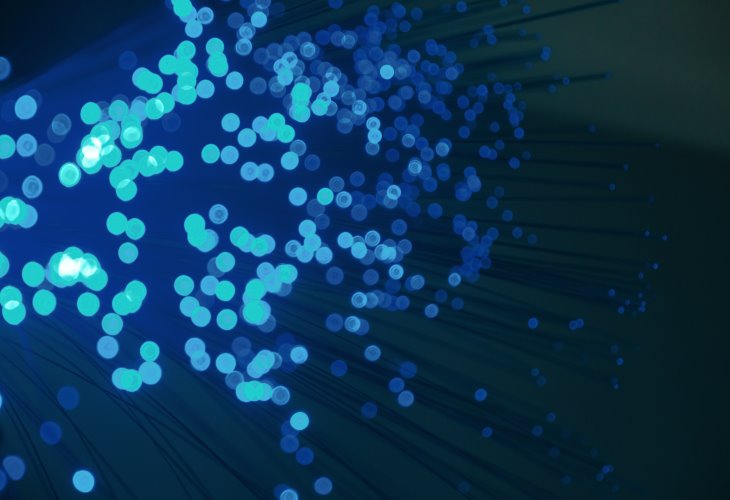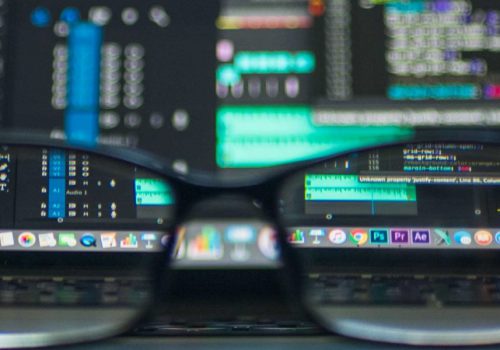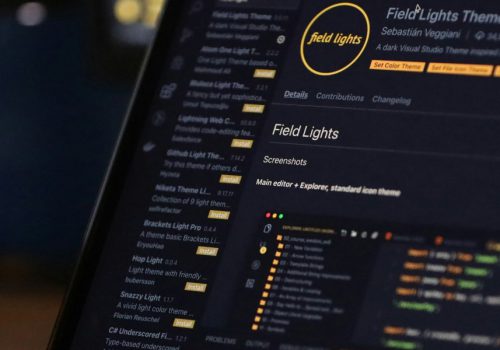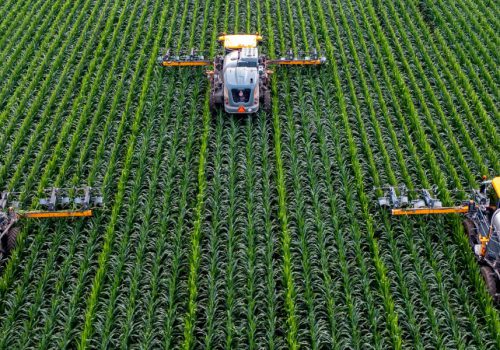The Internet of Things (IoT) is the interconnection of physical devices, vehicles, machines, buildings, and other items with computers or other devices over the internet.
It is an emerging technology that has impacted lifestyles and has changed the way we think and act, and the way we interact with each other. It has also changed the way we work as it enables very large-scale monitoring, control, and automation, and has impacted the digital transformation of organizations in different industries.
How Does IoT Work?
The Internet of Things (IoT) allows objects and everyday products to be connected in a digital network, enabling sensors to gather information about the device, software to monitor its performance and collect data, and users to control it.
One of the most crucial components which characterize IoT is the connectivity between all IoT devices which are part of what is known as the IoT ecosystem. The IoT ecosystem consists of IoT devices, security, network, gateway, the cloud, application, and users.
IoT devices sense information from their surroundings and collect them as data that is stored in cloud servers. This is done by using sensors that are implanted in physical objects such as mobile phones, smart watches, smart home devices, car devices, etc.
After getting information from the environment, IoT sensors share the gathered data with the cloud. This connection between the sensors and the cloud can be executed through cellular, satellite, Bluetooth, internet, or other connection options.
Once the data is transmitted to the cloud, the cloud is responsible to process, analyze, and send back the outputs. The complexity of the processes depends on the information received from the environment, the system, and the product. For example, checking the temperature in the room is considered a simple task. On the other hand, home security-related events, such as identifying an intruder, are a more complex process.
In the final stage, the output is transmitted to the users, for example through an alert, text messages, etc. At this stage, the user might have to proactively interact with an IoT device or actions can be automatically performed. The process of IoT and its main components are explained below.

How Does IoT Enable Digital Transformation?
Digital transformation is an ongoing process helping organizations integrate and increase the use of digital technology to achieve long-term growth and be aligned with the fast-paced evolving industry.
Without a doubt, a variable that is significantly affecting digital transformation is IoT. IDC predicts that by 2025, there will be 55.7 billion connected IoT devices generating almost 80 billion zettabytes (ZB) of data.
All the valuable data generated by IoT devices can be used by organizations to accelerate their digital transformation. For example, they can be used to assess their customers’ needs and then provide services on that basis. Furthermore, it can increase interactivity with clients, hence increasing their satisfaction. IoT can also assist the staff and make it possible for operations to be done anywhere and at any time. It also enables the implementation of new tools and strategies.
IoT impacts organizations’ digital transformation as it opens up new investment opportunities, reduces operational costs, improves customer experience, improves productivity, efficacy, and efficiency, improves decision-making, empowers business models, and increases revenue.
IoT is becoming the future of digital transformation in different sectors like healthcare, government and education, security, communication, agriculture, and transportation – to name a few.

Accelerating Digital Transformation through IoT Top Trends
Digitalization has made great progress over the past few years, resulting in a higher number of opportunities and resources for individuals and organizations worldwide. This digitalization is highly connected with the newest innovations in IoT and its top trends:
- Artificial Intelligence of Things (AIoT) – Digital transformation is highly driven by the powerful combination of AI and IoT. On one hand, using machine learning and various advanced algorithms AI adds value to IoT and improves its activities. On the other hand, IoT gives AI connectivity and data-based inputs. Together, they enable digital transformation by offering big data and providing insights that enhance productivity and efficiency.
- Blockchain – It is a technology that enables a decentralized network and has the potential to address the security concerns of IoT. This technology can be used in many industries as a platform to safely store enormous amounts of data. Moreover, it enables organizations to optimize their processes, manage documents digitally, track orders, improve digital collaborations, etc.
- 5G technology IoT – The fifth-generation technology of mobile networks is making a big impact on the Internet of Things as it enables faster, more secure, and more reliable connectivity than ever before.
- Digital twins – In a nutshell, these are virtual replicas of physical objects, devices, and systems that use real-time Internet of Things data, and apply AI and data analytics in order to optimize performance. Digital twins are mostly being used in the digital transformation of manufacturing, automotive, and healthcare.
- Wearable IoT technology – This technology allows people to easily connect with other digital devices and systems making it possible for them to monitor, control, and evaluate different processes and make smart decisions.
- Internet of Behavior (IoB) – This technology in the field of research and development helps monitor and track individual and collective human behavior at a level like never before. It aims to analyze and understand more about the reasons and methods why and how humans use technology, information which can be helpful in converting leads into sales.
Benefits of IoT and Digital Transformation
Digital transformation and the use of IoT are highly beneficial for organizations that want to remain competitive. They help organizations achieve greater efficiency, cost-saving, and customer engagement. Furthermore, they can be used to automate many tasks and activities which automatically allow employees to focus more on strategic tasks, use their time more wisely, and increase their productivity.









